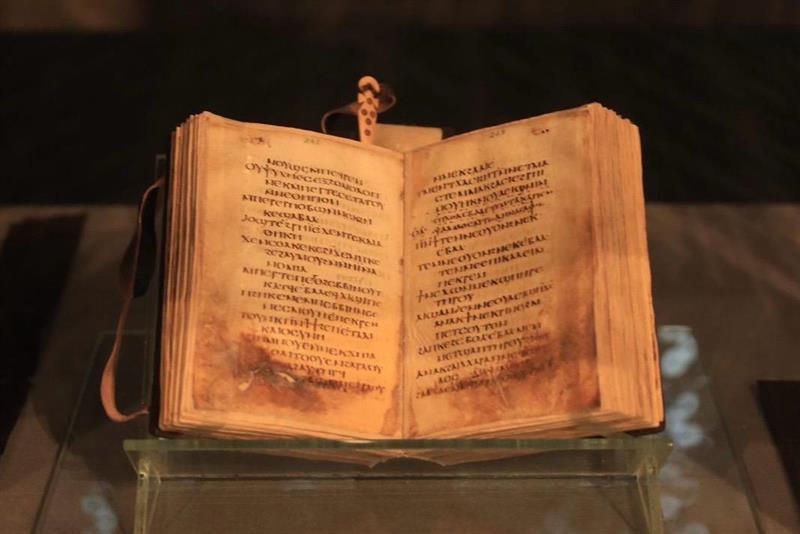After undergoing a meticulous five-year restoration, the Coptic Museum in Old Cairo has re-exhibited its most treasured artefact – the oldest complete Coptic Psalter ever discovered.
“This is the first time we possess a complete book of Psalms dating to late fourth century AD, making it the oldest complete Psalms book unearthed to date. We’ve never encountered such an early book in Egypt, and I’ve found no evidence of an earlier genuine book anywhere else,” said the late director of the Coptic Museum and Coptic studies expert Gawdat Gabra when he first saw the book days after its discovery in 1984.
The Book of Psalms (Psalter) by David is one of the most valuable artefacts in the Coptic Museum in Old Cairo, having been discovered in a tomb going back to the early Christian period.
It is the oldest Coptic Psalter ever translated from the Septuagint text. After almost four years of restoration, the museum has re-exhibited the Psalter in a special hall in the museum.
The book comprises 498 parchment sheets, encased within wooden bindings laced with leather. Rendered in a dialect of Coptic — a defunct language utilizing Old Greek characters augmented by seven hieroglyphs from ancient Egypt’s twilight era — the Psalms are meticulously inscribed by hand.
According to Gihan Atef, director of the museum, the manuscript harbours numerous Greek terms alongside some Coptic lexemes hitherto unrecorded. It is penned predominantly in brown ink derived from iron, though sporadic patches exhibit black carbon ink, ostensibly applied in efforts to rectify damage. Evident signs of wear manifest where fingers once turned the delicate parchment leaves.
Upon its discovery, the book’s pages were fused together, save for the final quintet, two of which remain blank. Affixed to the book via leather cords dangles a diminutive ankh — a symbol from ancient Egypt, seamlessly integrated into Christian iconography — crafted from bone.
Hamdi Abdel-Moneim, head of the restoration section at the Museum of Islamic Art (MIA) said that a team of restorers from both the MIA and the Coptic Museum embarked on a long journey to restore the Psalter.
He pointed out that the manuscript suffered from various forms of damage, including the detachment of its pages due to sewing deterioration. Most of its pages were plead and dried, chemical decomposition was found, along with the loss of parts from the edges and traces of liquids. There was also degradation, deterioration, and erosion of the inks, as well as dryness of the leather cover and cords.
The restoration works included the complete dismantling of the manuscript and addressing all aspects of damage. UV and infrared digital imaging were conducted, along with photographic documentation. Throughout the restoration process, Abdel-Moneim continued, all pages were numbered before disassembly, and specialists in codicology and Coptic texts were consulted.
The Coptic Museum is comprised of two wings joined by a narrow hallway. Inside, approximately 16,000 collectibles are showcased, arranged by type across 12 distinct departments.
The departments encompass a wide range of subjects such as Stones and Plasterboard, Development of Coptic Writing and Manuscripts, Textiles, Ivory and Iconography, Wood, Metals, Pottery, and Glass. Visitors can also marvel at mesmerizing Coptic art and manuscripts of the Holy Bible, some dating back thousands of years.
source/content: english.ahram.org.eg (headline edited)
_________

_________
EGYPT
